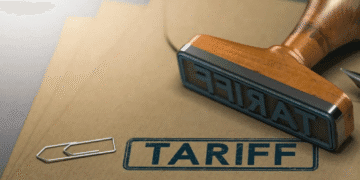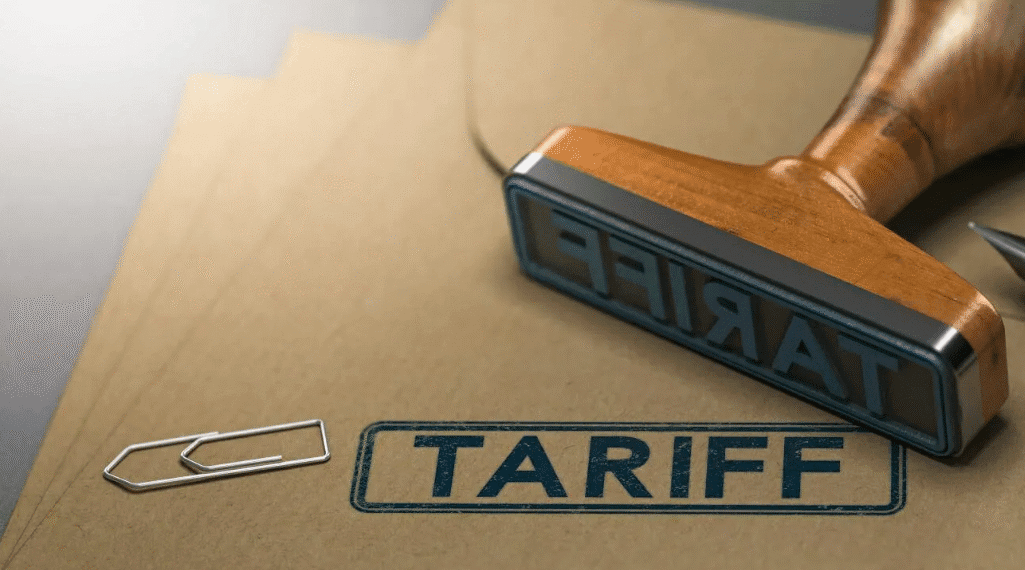Athira Sethu
Kochi, 27 May 2025
President Donald Trump has told big U.S. retailers like Walmart to “eat the tariffs.” In simple terms, he wants companies to pay the extra import taxes without raising prices for customers. But that’s not how business usually works.
Tariffs are taxes on imported products. Currently, the government of the United States has imposed steep tariffs—up to 30%—on items from countries such as China, Mexico, Vietnam, and Canada. These are nations where the majority of products in American malls are produced.
President Trump thinks that stores simply need to absorb the cost. But for most companies, that isn’t an option. If a store has to pay more to purchase goods, yet can’t charge more, it makes a loss. No company can manage like that indefinitely.
Walmart also indicated that it would have to increase prices on some goods due to such high tariffs. That did not sit well with President Trump. Nevertheless, experts are agreed that the arithmetic doesn’t lie. A 10% tariff can translate into a 4% rise in retail prices. With 30% tariffs, the rise could be even larger.
Walmart’s business strategy relies on low prices. The company maintains costs at a minimum by paying less for labor and by giving suppliers tough bargains. If goods all of a sudden increase in cost, Walmart does not have much room to maneuver.
Other large retailers such as Target and Home Depot are also taking the hit. Home Depot even stated it might eliminate selling certain products that are subject to large tariffs. That would mean customers would find fewer options and pay more.
Some government officials are attempting to minimize the effect. They indicate that tariffs are not a high priority. Business leaders do not agree. A Georgia factory manager explained, “Manufacturing is a global supply chain.” That means parts from many countries are used to make a lot of products, and tariffs increase the overall cost.
Even some firms have begun avoiding use of the term “tariff.” They write or say “supply chain cost” or “sourcing cost” instead. But ultimately, a tariff is simply another tax — and it’s the consumer or the business that pays it.
Small businesses already are tacking on surcharges and placing signs on doors to explain price increases. They can’t afford to do otherwise.
President Trump can say “eat the tariffs.” But in the real world, so much easier said than done.





















